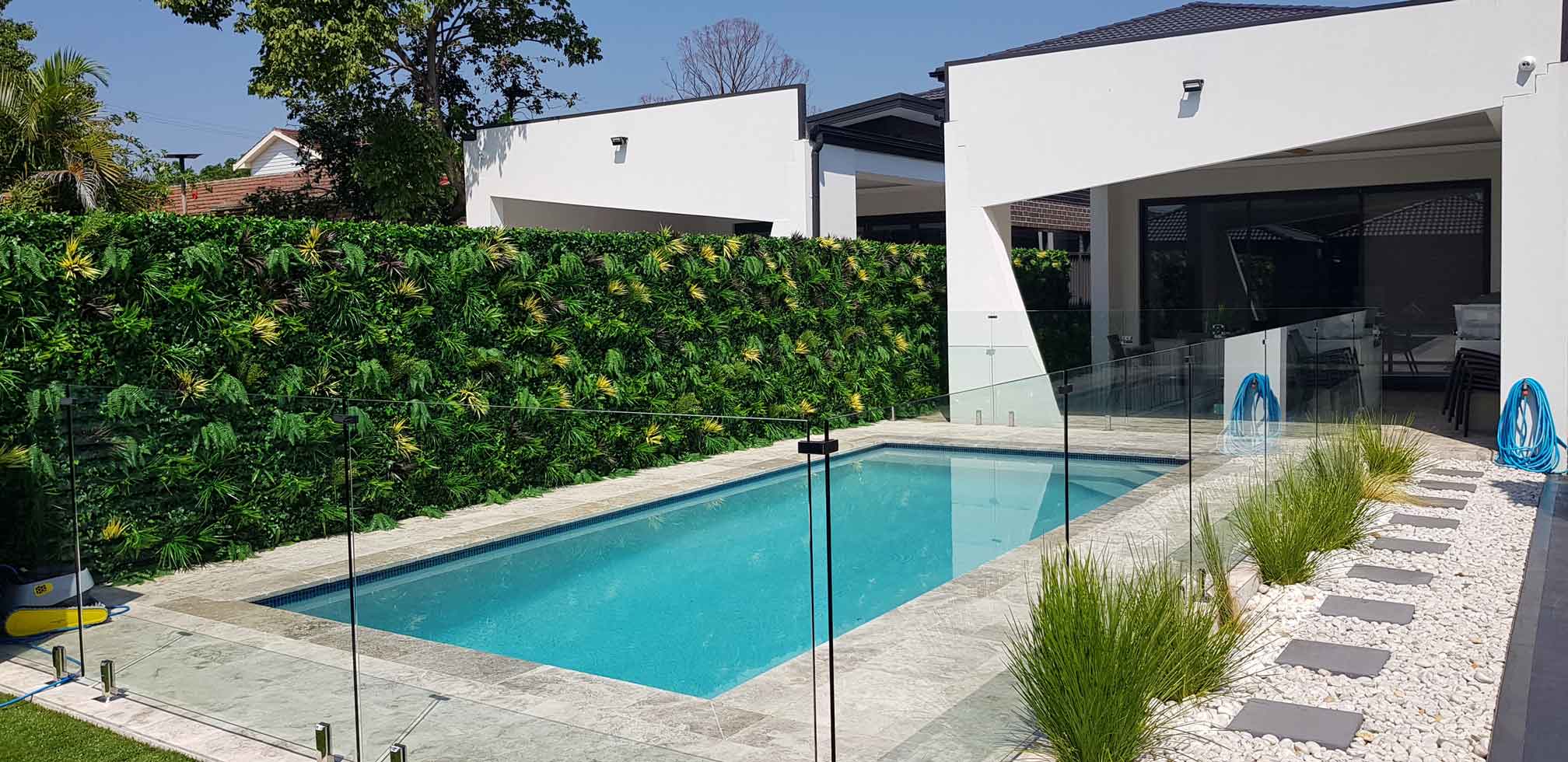We're here to help
Struggling to decide on the right green wall? Need help determining the quantity for your space?

Artificial plants have come a long way in recent years. Gone are the days when fake foliage looked obviously plastic or poorly coloured. Today, high-quality artificial plants can be so lifelike that they’re difficult to distinguish from real ones. As demand grows for greenery that requires no maintenance, knowing how to identify quality artificial plants is essential. Whether you're styling a residential space, furnishing an office, or fitting out a commercial property, selecting realistic, well-made plants can make all the difference.
The first step in identifying good artificial plants is checking the material. The best artificial plants are made from materials that mimic the texture, weight, and movement of real foliage. Some plants combine multiple materials for a more realistic finish. Below, we explore the most common materials used and what each has to offer.
Silk plants are known for their soft, delicate appearance. They work well in decorative indoor settings such as bedrooms or dining areas. However, silk can be fragile and is more susceptible to fading in direct sunlight. Because of its visual softness, silk is often used for flowering plants and small tabletop arrangements. High-quality silk plants will have fine stitching and layered petals that resemble real blooms.
Polyester is one of the most widely used materials in artificial greenery. It offers a strong balance between durability and realism. Most leaves made from polyester are coated with pigments and finishes that give a natural matte effect. This makes them ideal for everyday use in both homes and commercial spaces. Polyester also holds shape well, meaning plants won’t wilt or sag over time.
Latex is used when touch realism is important. It has a slightly flexible, rubbery feel that closely mimics the texture of natural leaves and petals. Latex plants are often used for high-end interiors or showroom spaces where a tactile finish enhances the illusion of real greenery. While they tend to be more expensive, they offer some of the most lifelike finishes on the market.
Real plants rarely display one single tone across every leaf or stem. The most convincing artificial plants reflect this by incorporating multiple shades and gradients. Quality artificial greenery will show subtle colour changes from the base to the tips of leaves, including muted greens, soft browns, or even touches of yellow to mimic natural ageing. The best artificial plants avoid harsh lines or unnatural shading and use blended tones to create a more organic appearance.
One common giveaway of lower-quality plants is a glossy finish. In nature, very few plants have shiny, plastic-looking leaves. Good artificial plants will have a matte or satin texture and a varied, almost uneven colour pattern. Avoid products with overly symmetrical leaf patterns or leaves that appear waxy under light. A realistic fake plant will have some imperfections and tonal variation to reflect natural growth.
Realism is all in the details. The more carefully crafted the leaves, stems, and support structures are, the more believable your artificial plant will appear. High-quality plants will feature fine veining in the leaves, realistic node placement on stems, and small offshoots that mirror natural plant development. This level of detail requires better manufacturing processes, which typically signals a higher-end product.
Look closely at how the leaves are cut, shaped, and attached. Are the veins visible and do they resemble those on a real plant? Are the stems coloured and textured to match the plant type? High-end artificial plants include shaded or ridged stems and veins that replicate natural branching. Leaves should not be too uniform in size, shape, or alignment — nature doesn’t produce perfect copies.
The base of the plant is just as important as the foliage. An artificial plant with realistic leaves but a cheap plastic pot or messy base can ruin the illusion. Always check the base to ensure it matches the quality of the plant and enhances the realism.
Quality artificial plants often use imitation soil that looks convincingly like real dirt. This may be textured resin, sponge foam topped with crushed material, or flocked fabric designed to look like soil. It should be dark in colour, have a varied texture, and appear dry or compact — just like a real pot plant.
Decorative stones or pebbles can elevate the realism of artificial plants. These are typically glued in place and serve to hide foam bases or plastic moulds. Natural-coloured stones or gravel give a cleaner, modern finish. Watch out for stones that look overly glossy or are clearly synthetic.
Attention to finishing details can separate good plants from average ones. Check if the foliage is properly spaced and not bunched unnaturally. Ensure the pot is proportionate to the plant's size and weight, and that the base isn't wobbly. High-end artificial plants will also have clean joins and concealed wiring or anchors.
Identifying good artificial plants comes down to a few key elements: material, colour, detailing, and presentation. Whether you're after subtle indoor accents or large feature pieces, paying attention to these features ensures you invest in greenery that not only looks real but also lasts. Realistic fake plants can enhance any space without the need for watering or trimming — just a little care in choosing the right one goes a long way.
If you're looking for quality artificial plants designed to last and impress, Evergreen Walls offers a curated collection of premium greenery. Our range includes highly realistic fake plants for homes, offices, retail displays, and more. Browse our selection to find the best artificial plants that combine expert craftsmanship with contemporary design.

If you are looking for a solution similar to this, our team of designers, project managers, and installers can create a space specific to your needs.